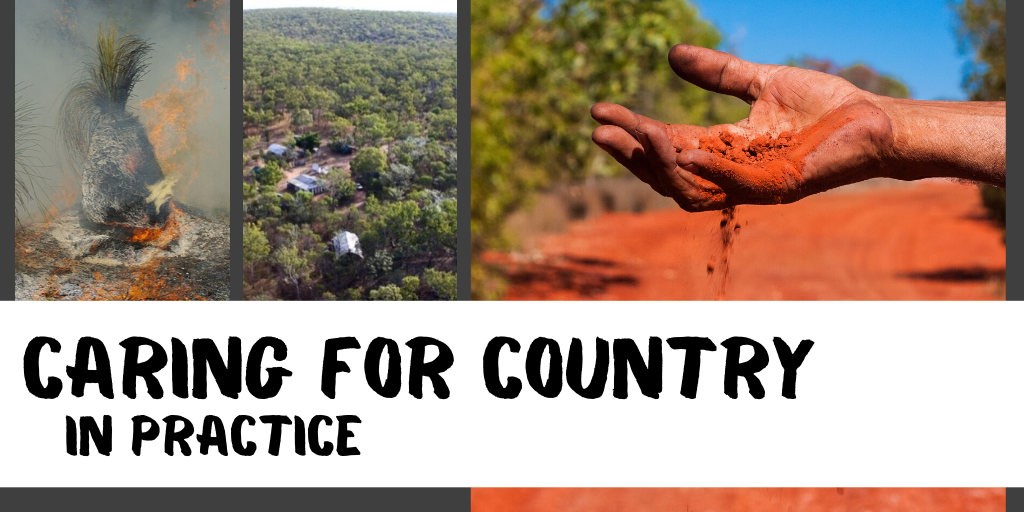To Indigenous peoples, the term ‘country’ is the relationship between Indigenous people and their land and consists of many factors including flora, fauna, earth, air and water alongside Dreamings (Christopher P Burgess, 2009). Caring for Country was integrated into the Indigenous people’s way of life, customs and laws. In modern times, the term Caring for Country has been popularly used to describe Indigenous land and sea management (Australian Institute of Aboriginal and Torres Strait Islander Studies, 2011). In 2018, we wrote an insight exploring the environmental, cultural and socio-politic benefits of Caring for Country for Indigenous Australians. This insight will expand on some of the practical applications of Caring for Country in Australia.
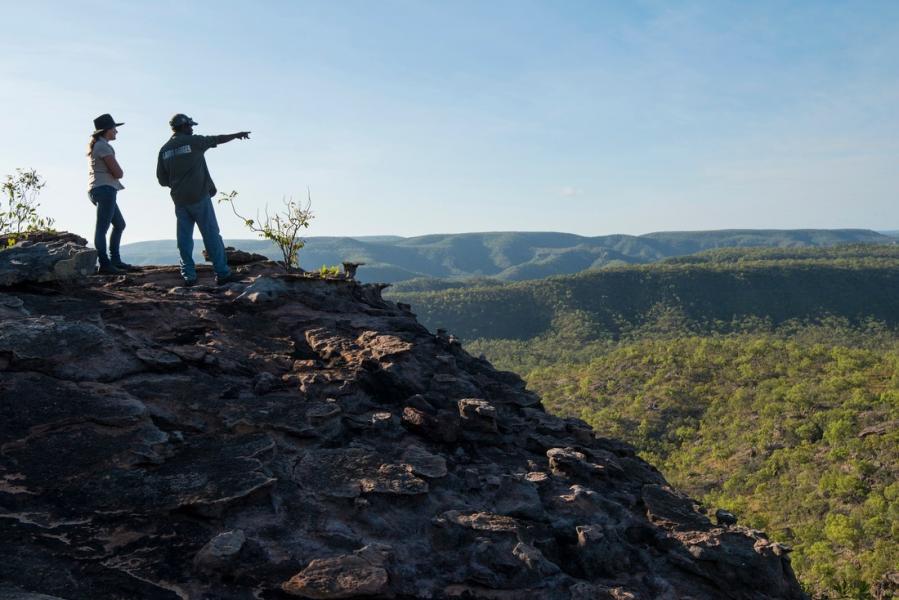
Source: Eco Tourism Australia
Why we should understand and support Caring for Country
For Indigenous Australians, Caring for Country reaches beyond just environmental benefits to encompass health & wellbeing, cultural, socio-political and economic benefits for communities. Through understanding the importance and significance of Caring for Country, our nation can seek to build partnerships that can address some of our land and sea management issues, as well as benefiting community health and relations (Australian Institute of Aboriginal and Torres Strait Islander Studies, 2011).
With a majority of Australians living in urban environments, we are often cannot directly see or feel impacts of natural disasters and other environmental threats to biodiversity that the people living in remote and regional communities do. Recently there has been increased interest in Indigenous knowledge, especially for environmental and land management purposes. Unfortunately, there are many practitioners and organisations that seek to gain this knowledge for free or are simply relegating the consultation of Indigenous people to box-ticking exercises. Without actively seeking to engage or employ the local indigenous people in the areas they are working, these organisations are not understanding the fundamental foundations of Caring for Country – which is the connection between the people and the land (The Fifth Estate, 2019), and are preventing Indigenous people from accessing the benefits of Caring for Country.
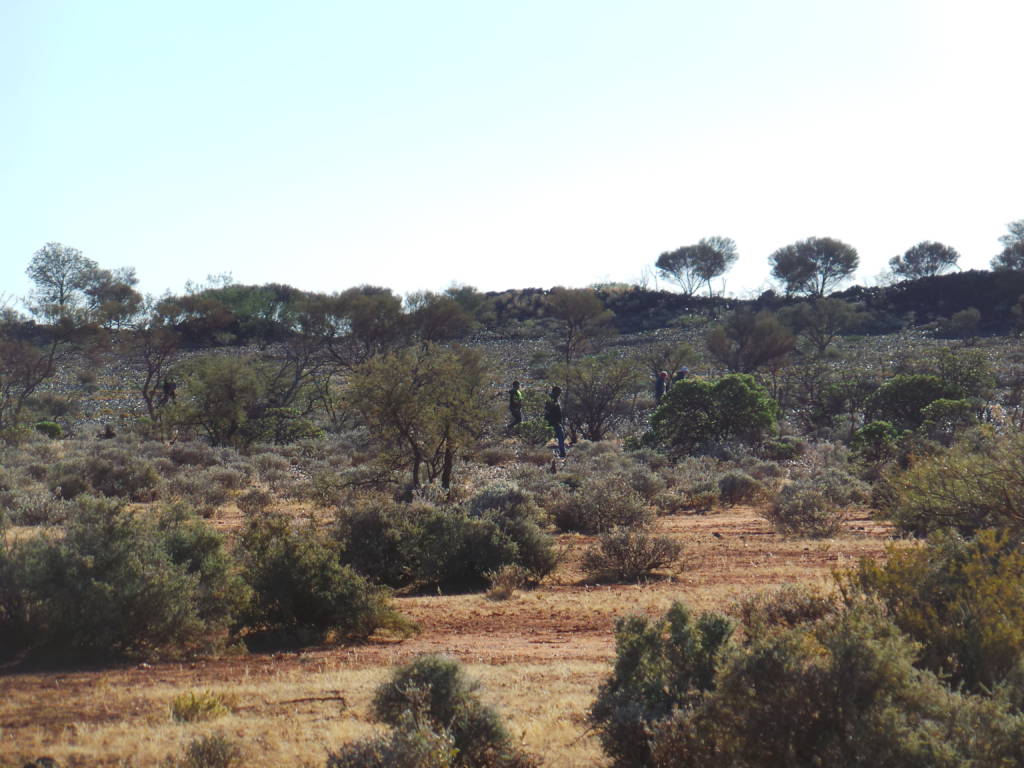
It is important to engage and involve Aboriginal and Torres Strait Islander peoples in the environmental matters of their regions. There is a need for a collaborative approach to Caring for Country in Australia because the sharing of knowledge goes both ways and can benefit both parties (Scott, 2017).
Health, Wellbeing and Economy
Because connection and relationship with the land is an integral part of Indigenous identity and culture – caring for country activities is often linked to improvements in wellbeing (a whole-of-life approach to health) (Australian Institute of Aboriginal and Torres Strait Islander Studies, 2011). There have been numerous studies conducted that investigate the relationship between Caring for Country and Indigenous health. Many findings from these studies suggest that the engagement in Caring for Country activities has the capacity to encourage sustainable economic development and improve the health and wellbeing of Indigenous communities (Christopher P Burgess, 2009). Caring for Country activities also provides opportunities to incorporate and share traditional Indigenous knowledge via mediums such as art, dance and storytelling, both within communities and with the rest of Australia (Griffiths, 2017).
In recent years there have been calls for greater support and recognition of indigenous programs such as protected areas and ranger programs. These programs provide essential environmental management and protection to vast, remote areas of Australia for the benefit of us all. They have employed many people on country in full-time jobs and provide casual and part-time positions for others. In fact, the demand for these positions far outweighs the available jobs. The surrounding communities can also experience the economic returns of these programs, through employment and new business venture opportunities. Other benefits coming from these programs include the empowerment and support of women’s leadership and values in communities (Country Needs People, 2020).
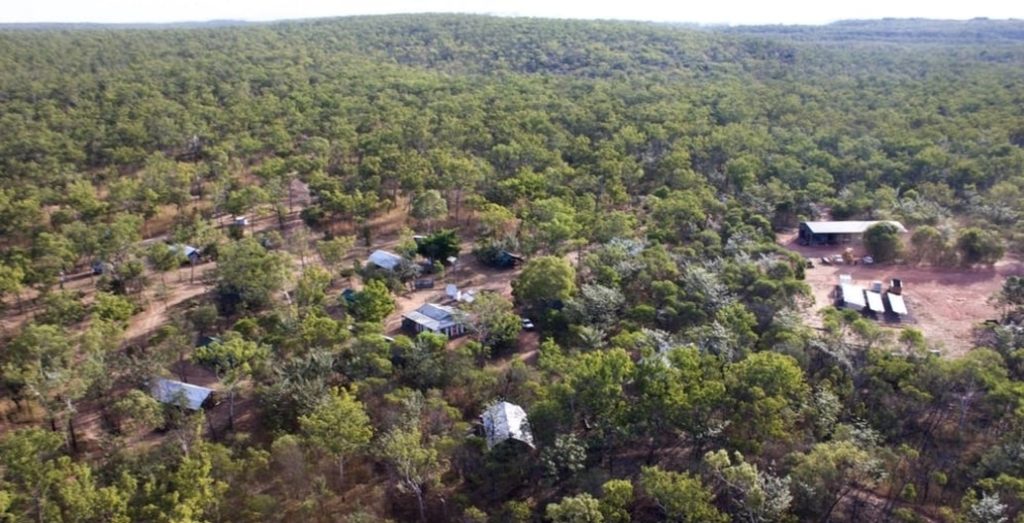
Photo: Hannah Robertson. Source: Foreground
Many Indigenous communities believe that there are benefits to having people living on the country, based on the cultural foundation that when people sustain country, the country will, in turn, sustain people (Griffiths, 2017). However, there is often pressure to centralise many remote Indigenous communities, fuelled by western market logic and the concepts of centralisation of services. There is evidence that these actions are contributing to the deterioration of indigenous health, and preventing these people from developing a true connection to their ancestral lands. It is suggested that perhaps we need to support having Indigenous people stay on their country in order for them to successfully care for country, their economy and health (Griffiths, 2017).
Environmental Services Applications
For thousands of years, Aboriginal and Torres Strait Islander peoples have interpreted and shared ecological knowledge through their traditional knowledge systems (Scott, 2017). The arrival of Europeans broke down many of the traditional management systems used to manage the land and introduced new environmental threats such as invasive species and habitat loss (Griffiths, 2017).
By incorporating the principles of Caring for Country, Indigenous knowledge and historical experience with new technologies (such as GPS, satellite imagery and aerial photography) and contemporary science, Indigenous Australians can provide a number of environmental services such as:
- Biodiversity conservation
- Border Protection and Quarantine Services
- Weed Management
- Control of Feral Animals
- Water Resource Management
- Fisheries Management
- Wildfire management through patchwork, fire-stick and mosaic burning
- Cultural maintenance activities
- Sustainable commercial use of wildlife and indigenous agriculture
(Christopher P Burgess, 2009)
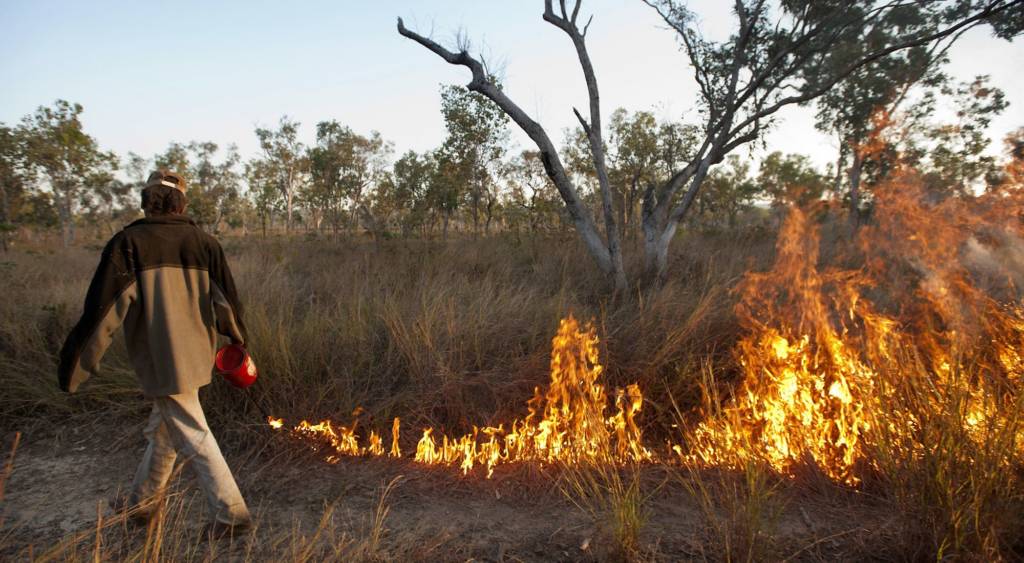
Successful collaborations of Indigenous and Western Science – Arnhem Land
Arnhem land, in the Northern Territory, is a remote region that is relatively unknown to Australian ecologists and is perhaps one of the few regions not systematically settled by Europeans. A lack of reliable regional ecological data has made it difficult to make informed decisions on how to manage biodiversity threats such as invasive species and altered fire regimes. However, in 2017, a collaborative project between Arnhem Land’s Aboriginal community, the Yirralka, Numbirindi and Yugul Mangi Rangers and scientists from Macquarie University was founded to document local species and share traditional biological knowledge (Scott, 2017).
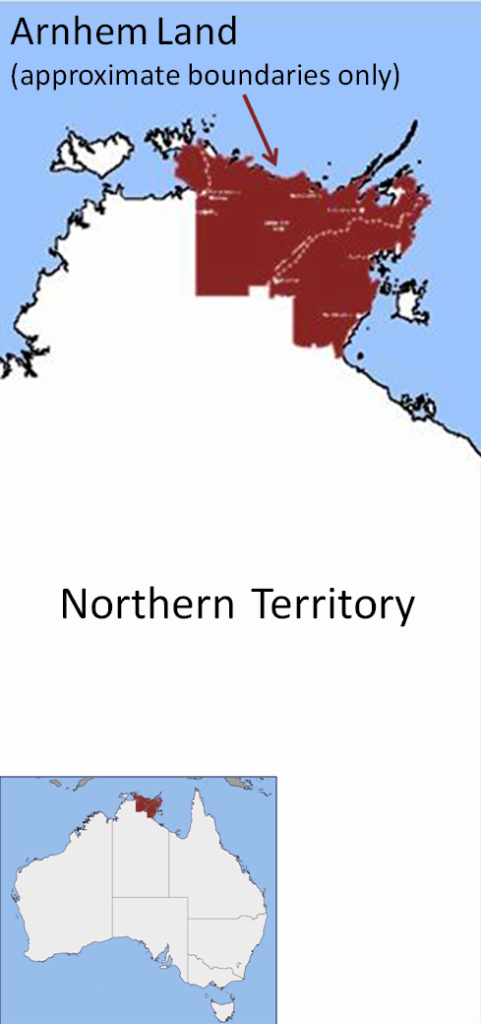
The Arnhem Land project combined Western and Aboriginal sciences and practices that the community members and rangers could use to trap, observe, identify and record regional flora and fauna species. The data collected, including traditional species names, was then analysed and recorded in the Atlas of Living Australia for public use (with approval from Traditional Owners). With this information, the local community could begin to make informed decisions on how to manage their land and tackle new biodiversity issues.
In addition to the collection of useful biodiversity data, this project helped reconnect the local Aboriginal community to their country, and assisted in keeping their culture and languages alive and strong (Macquarie University, 2017). Through this project, a regional guide on flora and fauna was also developed with the Ngukurr Language Centre, using the collected data and incorporated eight local Aboriginal languages. Due to the project’s success, further collaborative research projects are being developed and incorporated both in this region and others.
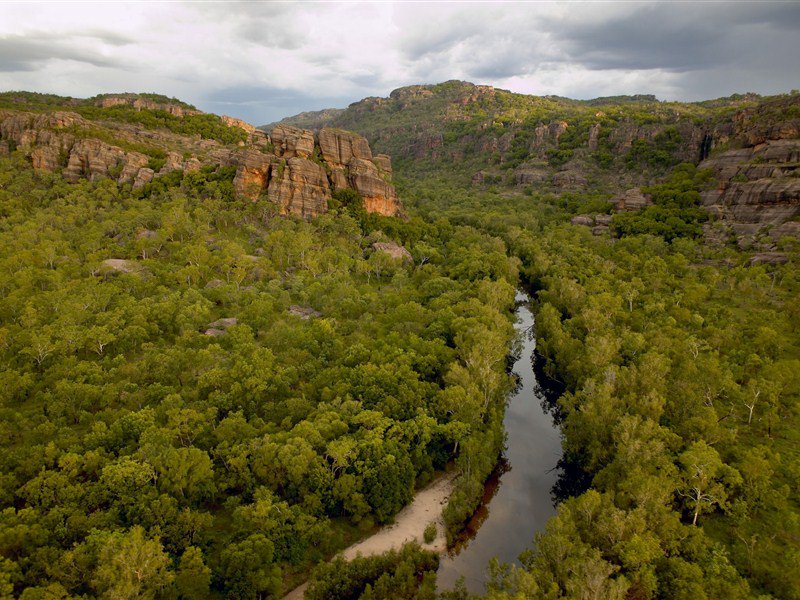
How can you help?
The values of Caring for Country can be incorporated into modern methods to manage some of our current environmental land management issues and strengthen the culture and economies of Aboriginal and Torres Strait peoples. Take the time to learn more about the culture and the practices of Caring for Country in your region – it means a lot to indigenous communities that their way of life and care for their country, and contributions to land management, are greatly valued and appreciated by others (Griffiths, 2017).
If your company’s activities interact with the land or sea and you need assistance connecting with your local community, please contact us via enquires@integratesustainability.com.au or phone 9468 0338.
References
Australian Institute of Aboriginal and Torres Strait Islander Studies. (2011, June). The Benefits Associated with Caring for Country – Literature Review. Retrieved from AIATSIS: https://aiatsis.gov.au/sites/default/files/products/report_research_outputs/benefits-cfc_0.pdf
Christopher P Burgess, E. a. (2009, May 18). Healthy country, healthy people: the relationship between Indigenous health status and “caring for country”. Retrieved from The Medical Journal of Australia: https://www.mja.com.au/system/files/issues/190_10_180509/bur11368_fm.pdf
Country Needs People. (2020, March). Resources. Retrieved from Country Needs People: https://www.countryneedspeople.org.au/resources
Griffiths, B. (2017). Caring for Country. Retrieved from Commonground: https://www.commonground.org.au/learn/caring-for-country-and-telling-stories
Macquarie University. (2017, August 28). Indigenous and Western science caring for country in Arnhem Land. Retrieved from Science in Public: https://www.scienceinpublic.com.au/media-releases/indigenous-and-western-science-caring-for-country-in-arnhem-land
Scott, H. (2017, July 7). Community-led science in Arnhem Land. Retrieved from CSIROscope: https://blog.csiro.au/community-led-science-arnhem-land/
The Fifth Estate. (2019, December). Caring for Country should be a sustainability and green design priority. Retrieved from The Fifth Estate: https://www.thefifthestate.com.au/innovation/design/caring-for-country-should-be-a-sustainability-and-green-design-priority/

